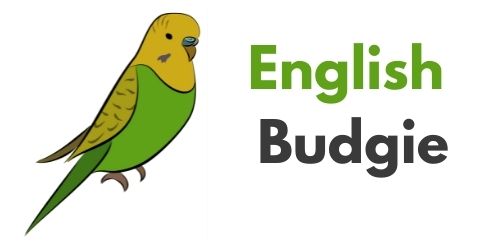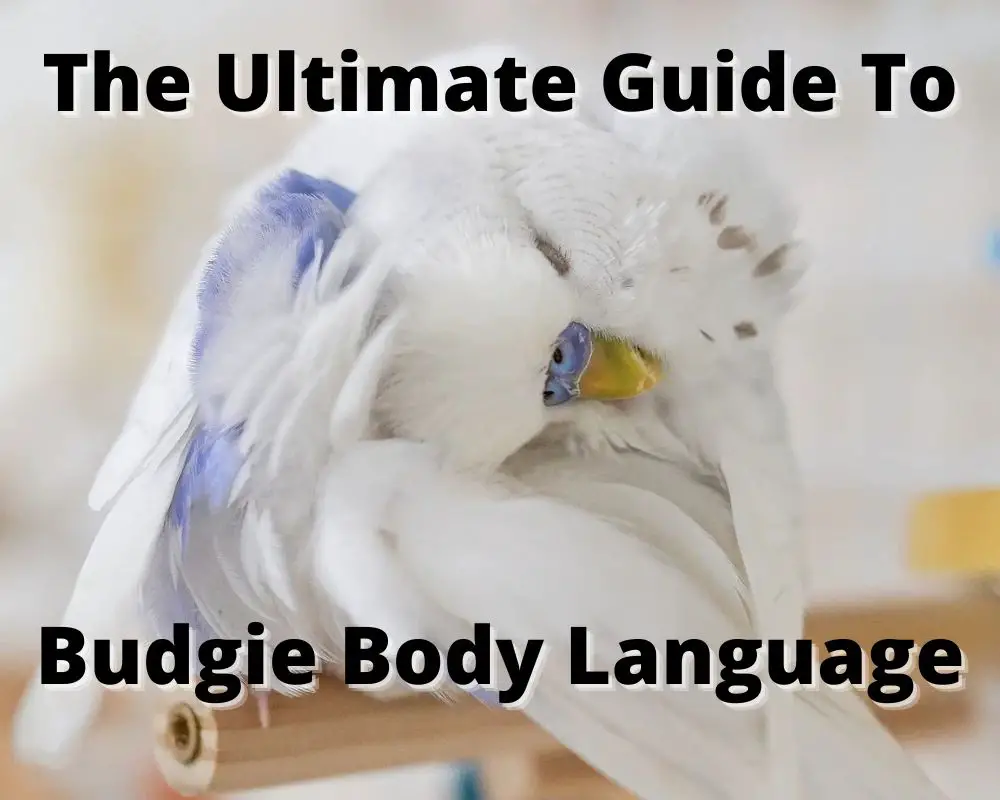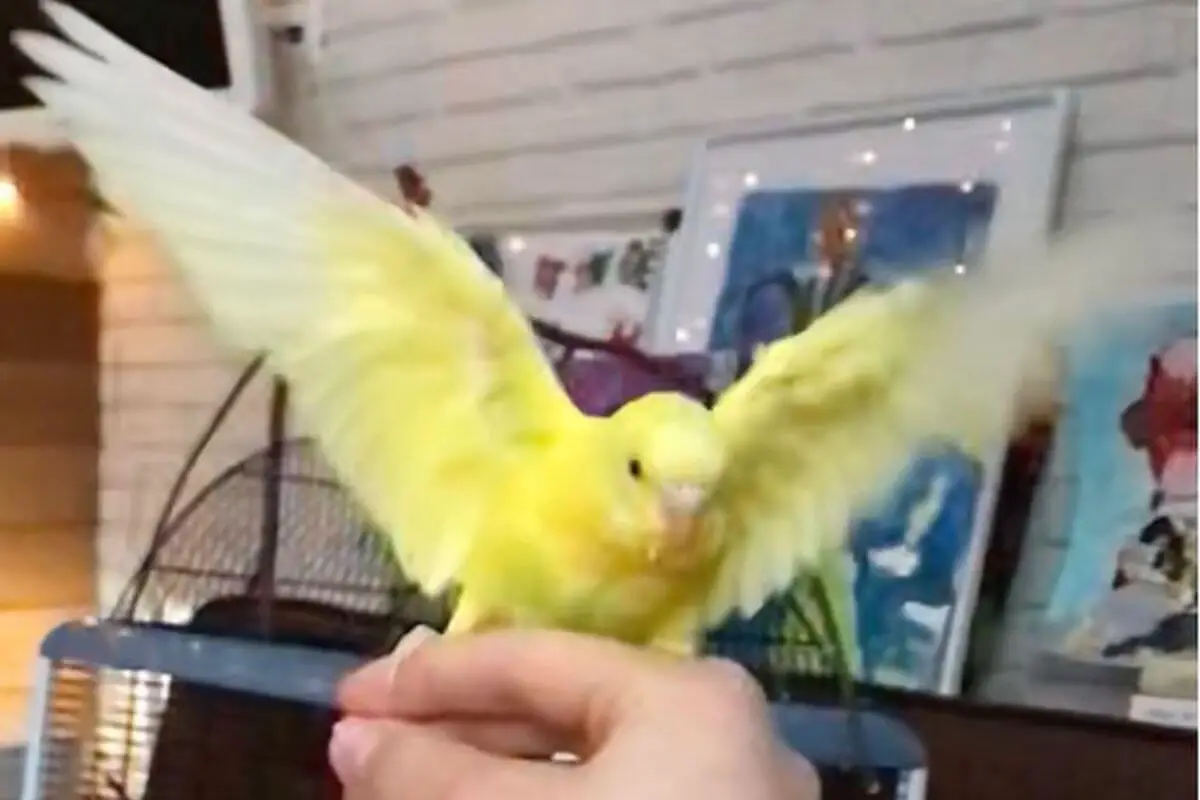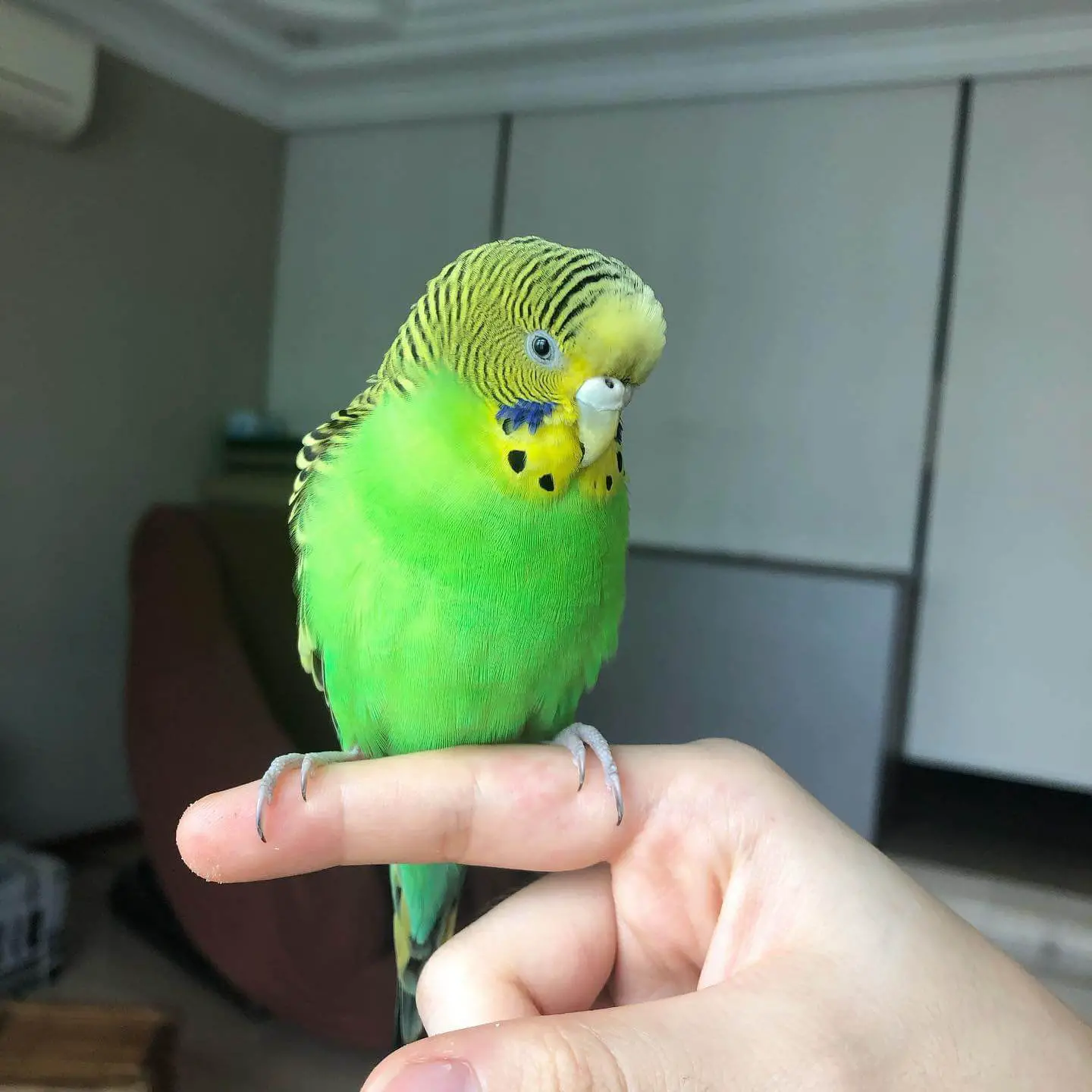Budgies are known for their friendly and playful personalities. But like all animals, budgie body language is key to understanding what a budgie is trying to say.
In this article, we’ll explore the different ways budgies use their bodies to communicate with others.
We’ll also discuss some of the most common behaviors and what they mean.
Table of contents
Legal disclaimer
This post may contain affiliate links which means if you click on a link and choose to make a purchase I may receive a commission at no additional cost to you.
What Is Budgie Body Language?
Budgies are small, social birds that make great pets. One of the things that make budgies so special is their body language.
By observing a budgie’s posture and movements, you can start to understand what they’re trying to say.
For example, budgies will often puff up their feathers when they’re feeling happy or content.
On the other hand, if a budgie is hunched over with its wings low, it’s likely feeling scared or timid.
By taking the time to learn about budgie body language, you can create a deeper bond with your feathered friend.
How to interpret budgie body language?
Budgie body language can be quite difficult to interpret, as they are such small birds.
However, there are some common positions and behaviors that can give you a good idea of what your budgie is trying to communicate. For example:
- if your budgie is fluffed up and shaking, this usually indicates that they are cold or scared.
- Conversely, if they are preening themselves vigorously, this is generally a sign of contentment and relaxation.
- If your budgie starts bobbing their head up and down, this usually means that they are excited or ready to mate.
By learning to interpret these and other common budgie behaviors, you can get a better sense of what your pet friend is trying to tell you.
Examples of Budgie Body Language ?
Budgies are very expressive creatures, and they communicate through a variety of body language cues. Here are three examples:
Puffing up:
When a budgie puffs up its feathers, it is usually trying to make itself look bigger and more intimidating. This is often done in response to another budgie that the bird perceives as a threat.
Bobbing head:
Budgies bob their heads up and down as a way of showing excitement or anticipation. For example, a budgie may start bobbing its head when it sees its favorite person coming towards it.
Grinding beak:
Budgies grind their beaks together as a way of expressing contentment. This behavior is often seen when a bird is preening itself or eating a tasty treat.
What Different Types of Body Language Mean?
Budgie body language can be divided into three categories: visual signals, vocal signals, and physical interactions.
Visual signals :
include eye contact, facial expressions, and body position.
Budgies use these cues to communicate a variety of messages, from aggression to submission.
Vocal signals:
Vocal signals are another important form of communication for Budgies.
They use a variety of sounds to convey their emotions, including chirping, cooing, and screeching.
Physical interactions:
such as preening and mounting, are also common forms of communication among Budgies.
These behaviors can signify a variety of things, from friendship to mating.
By understanding the different types of Budgie body language, you can better interpret the messages they are trying to communicate.
How to respond when your bird exhibits different types of body language?
Budgies are very good at communicating their feelings and needs through their body language.
By understanding the different types of Budgie body language, you can better respond to your Budgie’s needs.
One type of Budgie body language is preening. This is when a Budgie uses its beak to groom its feathers.
Preening is a way for Budgies to clean their feathers and keep them healthy.
It can also be a way for Budgies to relax and bond with their owners. If you see your Budgie preening, it is a good idea to let them continue.
preening may also be a sign that your Budgie is feeling anxious or stressed. In this case, it may be helpful to offer your Budgie some soothing words or gentle petting.
Pruning could also be a sign of a disease or health problem. If you notice your Budgie preening excessively, or if they seem to be having difficulty preening, it is important to take them to the vet for a check-up.
FAQ
Why does my budgie flaps its wings when I talk to him?
Budgies are very social creatures, and they love to interact with their human companions. One of the ways that they do this is by flapping their wings when they see you talking.
Budgies use body language to communicate, and wing flapping is a way of saying “hello” or “I’m happy to see you.”
Budgies also flap their wings when they’re excited or nervous, so it’s possible that your budgie is just excited to see you and wants to join in the conversation.
If your budgie starts flapping his wings excessively, it might be a good idea to take him to the vet to make sure there isn’t any underlying health issue. However, in most cases, wing flapping is just your budgie’s way of saying hi.
Why Does My Budgie Perching on My Hand?
Another type of Budgie body language is perching. Budgies like to perch on things to get a good view of their surroundings and when they feel secure.
Perching can also be a way for Budgies to rest or take a break from flying. If you see your Budgie perching, it is a good idea to let them continue. he is amused by that.
Why Does Budgie Flapping?
Flapping is Another type of Budgie body language. Flapping is when a Budgie spreads its wings and flaps them quickly up and down.
Flapping is a way for Budgies to stretch their wings and keep them healthy. It can also be a way for Budgies to relieve boredom or stress.
If you see your Budgie flapping, it is a good idea to let them continue. However, if you notice your Budgie flapping excessively, it may be a sign that they are feeling anxious or stressed.
In this case, it may be helpful to offer your budgie some soothing words or gentle petting.
Conclusion
Budgie body language is a great way for the birds to communicate their feelings and needs.
By understanding the different types of Budgie body language, you can better respond to your bird’s needs. Some common types of Budgie body language include preening, perching, and flapping.
If you see your Budgie exhibiting any of these behaviors, it is a good idea to let them continue.
However, if you notice your Budgie exhibiting these behaviors excessively, it may be a sign that they are feeling anxious or stressed.






Leave a Reply